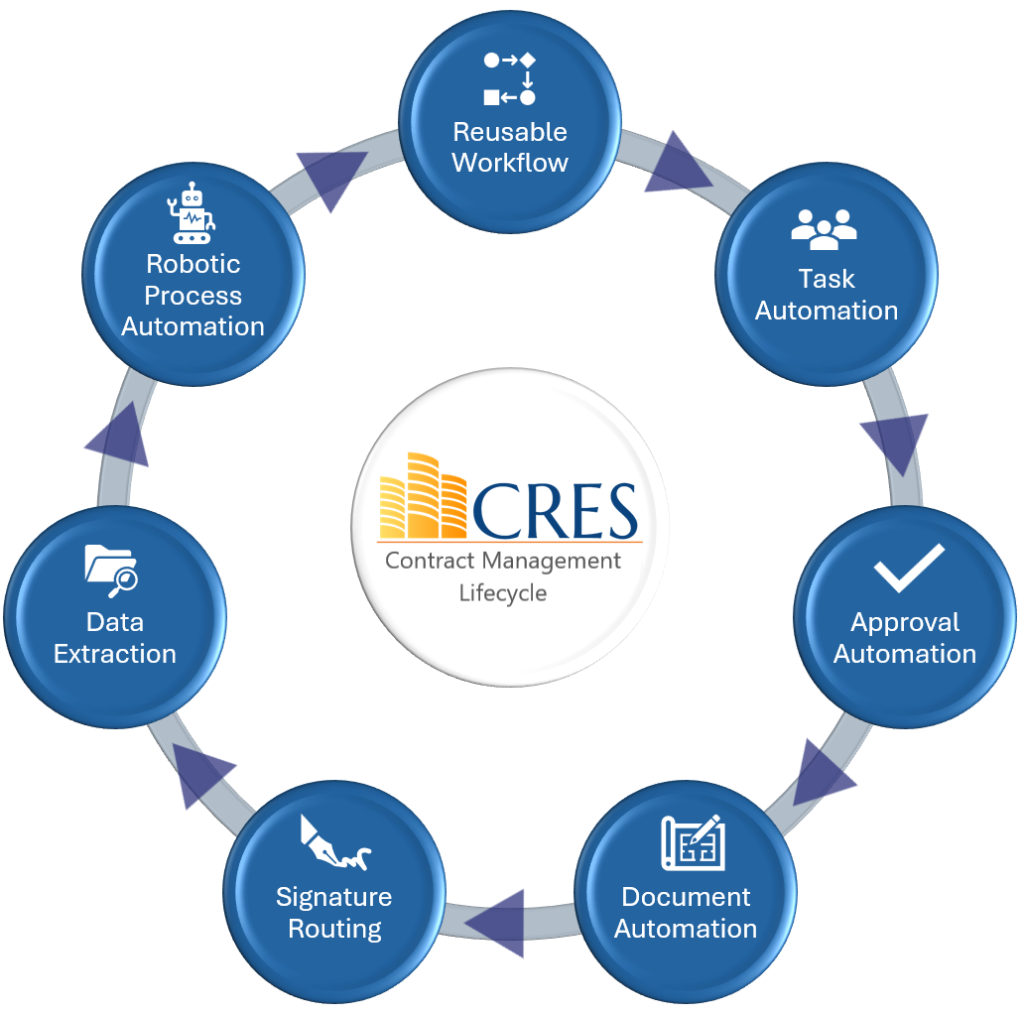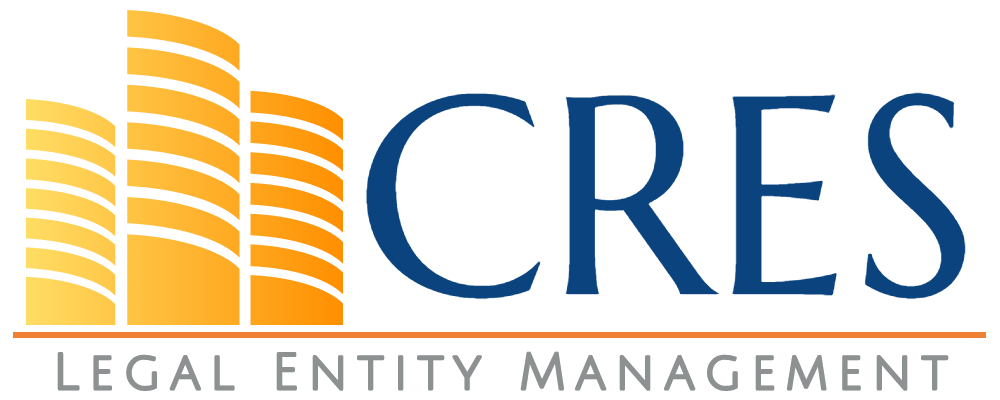
Managing legal entities is complex, particularly for the real estate industry, where entities can range from large corporations with numerous subsidiaries to small property groups. A comprehensive Legal Entity Management (LEM) system simplifies management and mitigates risks. Here are the key features of an ideal real estate LEM system.
1. Centralized Dashboard for Legal Entity Management:

Real estate organizations often have numerous entities spread across regions, each with its own compliance, reporting, and governance needs. A centralized dashboard provides a unified interface for tracking ownership structures, investments, related properties, and reporting deadlines associated with legal entities. The dashboard should show entity relationships as auto-generated interactive org charts, which should be exportable in multiple formats.
2. Document and Contract Management:

One significant challenge in commercial real estate is handling a multitude of contracts, leases, and legal documents related to various properties. An effective Legal Entity Management system should be incorporated with a strong Contract Lifecycle Management (CLM) and a document library that is linked to both legal entities and real estate assets.
3. Compliance Monitoring and AR Alerts:
Regulatory compliance is crucial in the real estate industry. Missing a filing deadline or failing to meet specific regulations can result in hefty fines or legal complications. Automated compliance monitoring and alerts ensure that key deadlines, such as annual filings or tax submissions, are never missed.
4. Tax and Financial Reporting:
Each legal entity within a real estate group often has its own tax obligations. Tracking tax liabilities across various jurisdictions and reporting accurately is critical for financial transparency and compliance. A comprehensive Legal entity management system simplifies tax reporting by integrating with an organization’s financial systems to provide a streamlined view of each entity’s tax status.
5. Customizable Workflows for Streamlined Operations:
Legal, tax, and compliance teams in real estate often require unique workflows tailored to the specific needs of each entity. An ideal LEM system should have integrated and configurable workflows ensuring that the team can adapt the management system to meet their operational requirements while streamlining their business process with automation.
6. Risk Management and Ownership Tracking:
There are new regulatory requirements for legal entities such as the Corporate Transparency Act (CTA). This act, which went into effect on January 1, 2024, requires most LLCs, closely held corporations, and similar entities to disclose their beneficial ownership information to the Financial Crimes Enforcement Network (FinCEN). The modern LEM system must facilitate this reporting requirement. Identifying potential risks and tracking changes in ownership is crucial in real estate, where governance and compliance are directly tied to ownership structures. The LEM should provide tools to identify governance risks and track ownership changes accurately.
7. Collaboration with Stakeholders:
Legal, financial, and compliance resources in a real estate organization, often need to collaborate across departments to manage legal entities effectively. A centralized LEM system promotes collaboration by allowing all stakeholders to access relevant information in real time.
Future Trends in Legal Entity Management:
As the real estate industry continues to evolve, legal entity management systems will become more integrated with artificial intelligence (AI), predictive analytics, and cloud-based platforms. A futuristic LEM system should focus on enhancing data-driven decision-making and automating more complex compliance and reporting tasks.
How we can help:
Managing legal entities in real estate requires a sophisticated system that can handle compliance, risk management, and document automation seamlessly. While each of the features discussed is essential, they are rarely found in a single solution. This is why CRES Legal Entity Management stands out, offering real estate professionals a comprehensive platform that simplifies compliance, enhances reporting, and minimizes risks across all entities.

Legal Entity Management is a part of a suite of applications, called CRES Real Estate Solution. To learn more about how CRES Legal Entity Management can transform your business, visit CRES Legal Entity Management.
About Irfan Butt

CRES Technology – Founder and CEO
A strategic leader with over twenty years of progressive experience in Business Administration, Finance, Product Development, and Project Management. Irfan has a proven track record in a broad range of industries including hospitality, real estate, banking, finance, and management consulting.





